CUTTING OUTBecause kimono silk is woven quite narrow (14 inches or so, but mine was closer to 12.5 after I washed it and hung it to dry), my pattern has all long narrow pieces. Here are pics of cutting the pattern. POCKETSThe dress ends up having three pockets... but let me start with the front pocket, which I enclosed in the front princess seam because that was what the pattern envelope inspiration pic showed. So: I cut the front panel out with a bit of extra fabric in the pocket area, thinking I'll attach more fabric to make the pocket. On the side-front panels, I do the same, but because they are narrower, I am able to cut a whole pocket from the same fabric! The thing is, that's a really awkward place for a pocket! It's not like I'm gonna casually stick my hand in my crotch area, nor put something heavy or bulky there! So obviously, I need side seam pockets, as well. Those are easy enough to make: I just cut the pocket shape four times, sew them into the seam allowances for the side seams, and then put the side seams together. I support the side pockets with some serger-worms (the chain stitch you can run off your serger by sewing nothing for a while) acting as french tacks to the front princess seams. Ummm... that sounds confusing. Have a picture! SLEEVE CAPSWhen I get my sloper development blogged, I'll have a lot to say about developing these sleeves, but for now, suffice it to say they go together well and fit their armscyes well! Hurray! To support the sleeve cap a little, I take a bit of silk organza and cut it on the bias, then make a little puff wit it and sew it into the shoulder seam: Notice the puff is under the seam allowance, on the sleeve side of the seam. The purpose of the puffs is to round out the shoulder's shape, so it doesn't sag and show the seam allowances, or cave in or buckle there. On a more structured wool suit, a padded roll would be used, but for silk crepe I think this is enough. DRAPING THE COLLARLet's review my two inspiration pics to see the collar I'm trying to imitate: In both cases, it is a Mandarin collar (with or without notch), which is angled slightly inward, so it doesn't stick up straight from the neck, but creates a gentle slope that frames the neck and softens the shoulder. Interesting.
So I take the piece off the dress and flatten it, re-draw it, and shorten it. Then I test my new, streamlined piece. Then I make it up with silk, interfaced with hair canvas.
ALMOST DONE!Before I add the elastic to the side seams and line it, I try it on to check the fit and the mobility in the sleeves. It definitely needs the elastic and belt to give it some style, huh? FINISHING TOUCHESTo finish the dress, I put elastic in the side-waist panels to cinch the waist, I make a belt that secures at the front with two buttons, and I line it with the pale pink China silk that lined the original. Hems, and done! TIME & MONEY 3 hours -- patterning this dress initially (not including pockets/collar/belt) + 9 hours -- construct dress (including the pockets/collar/belt) 12 hours TOTAL Cost: $35 for the kimono that I used for fabric. This post is long and image-heavy, so I'll post another one with photos of me in the finished dress, and compare my pattern to one of the vintage patterns to see how close I was to their design!
4 Comments
The Sister
9/18/2019 10:31:11 am
"Serger-worms" sounds gross! Also, why didn't you just eliminate the front crotch pocket? I mean, what a weird and un-utilitarian place for a pocket.
Reply
Michelle M Harrison
11/14/2019 07:17:07 am
I hope to see this on you at work one day, but it seems like more of a church dress than a "Let's clean out the chicken coop!" dress.
Reply
Leave a Reply. |
Karen Roy
Quilting, dressmaking, and history plied with the needle... Sites I EnjoyThe Quilt Index Categories
All
Archives
March 2024
|
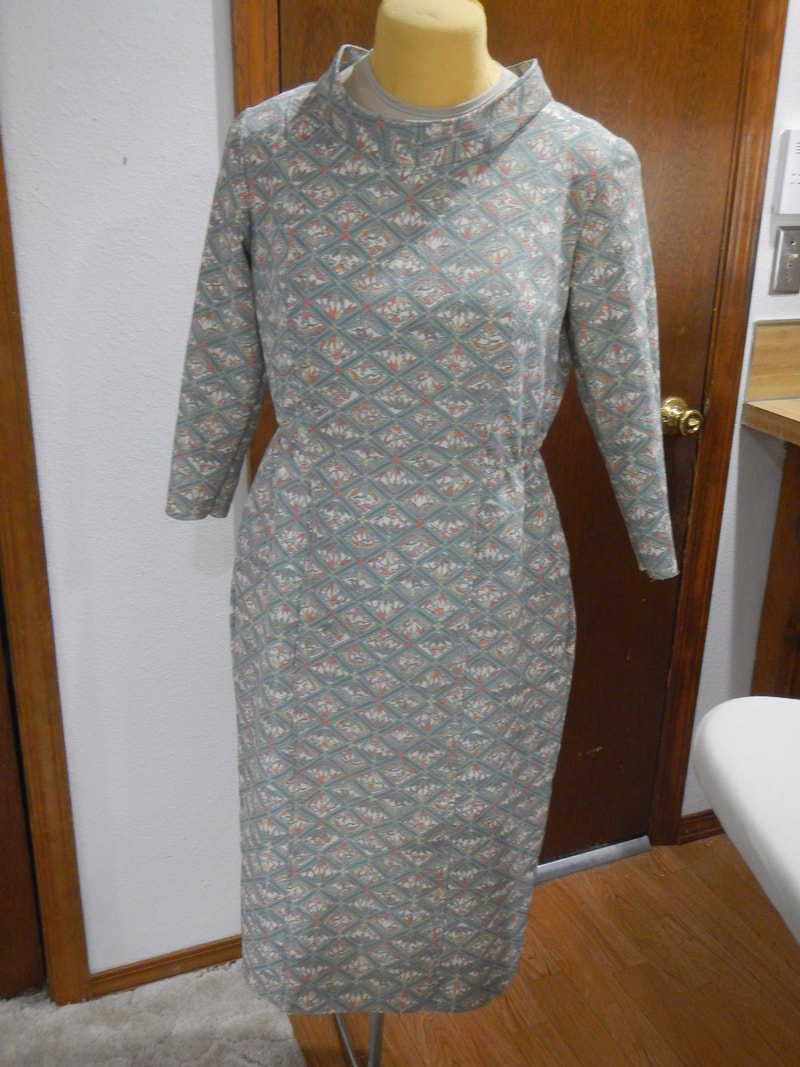



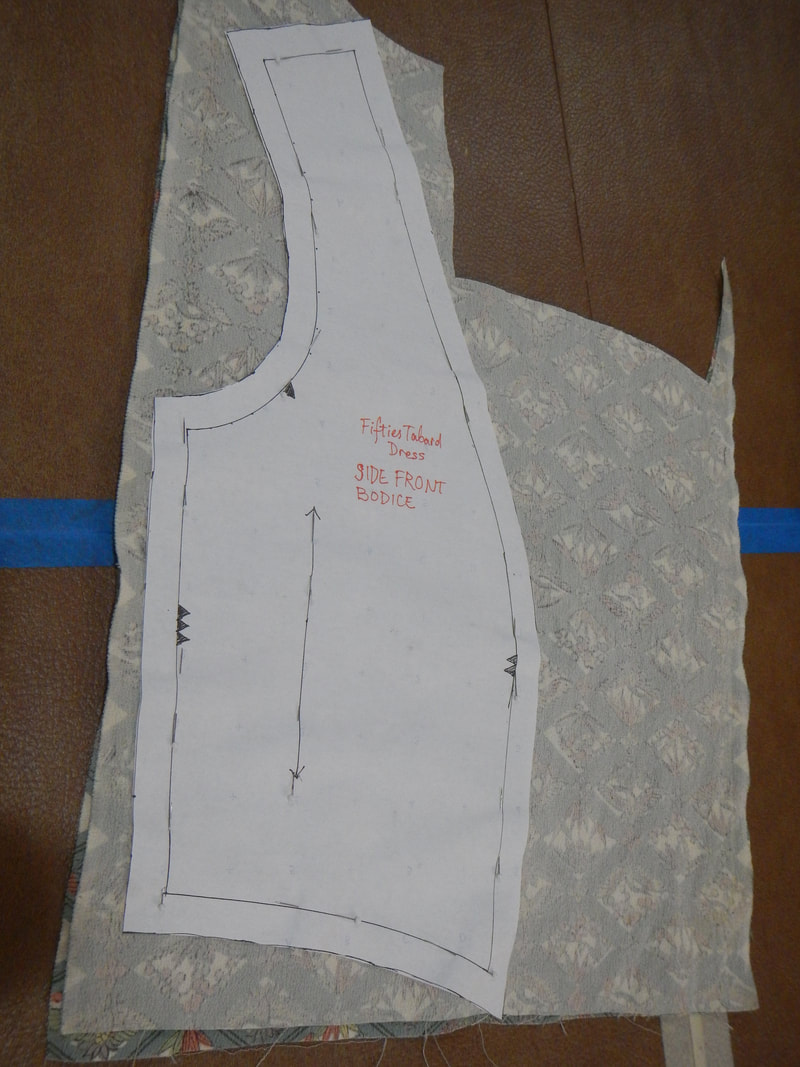


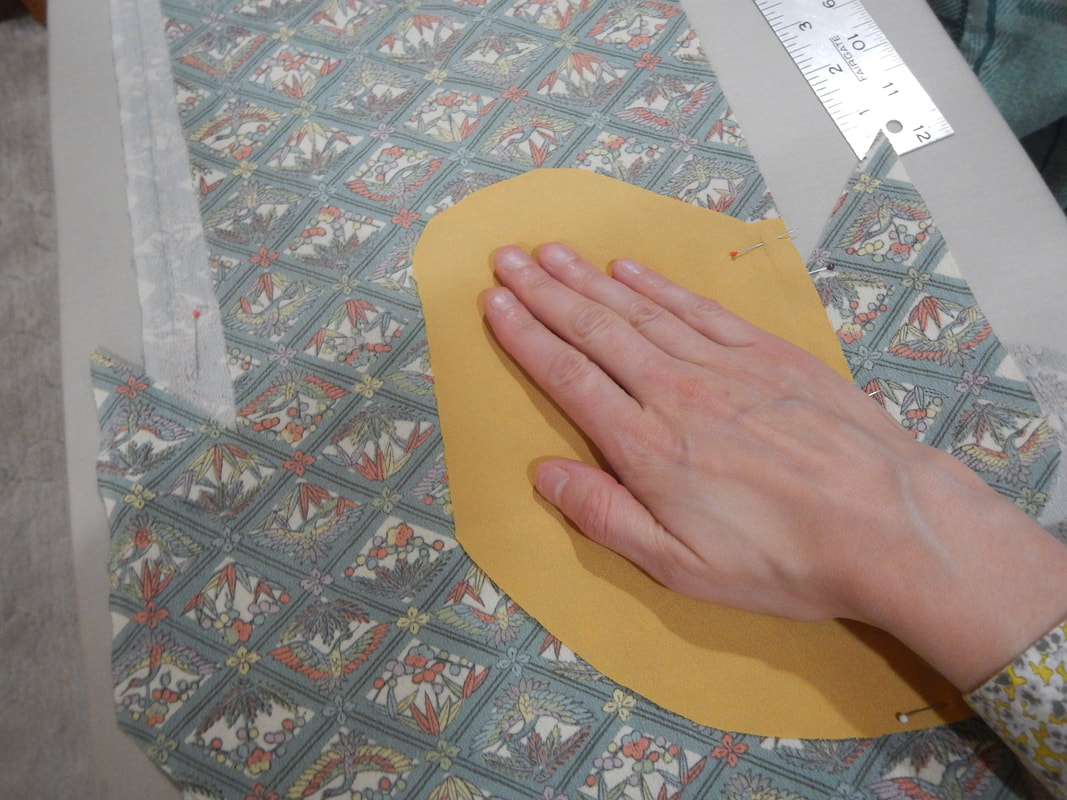






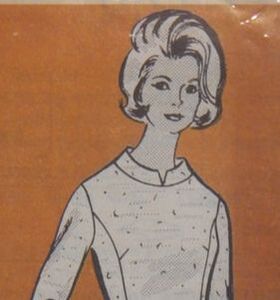

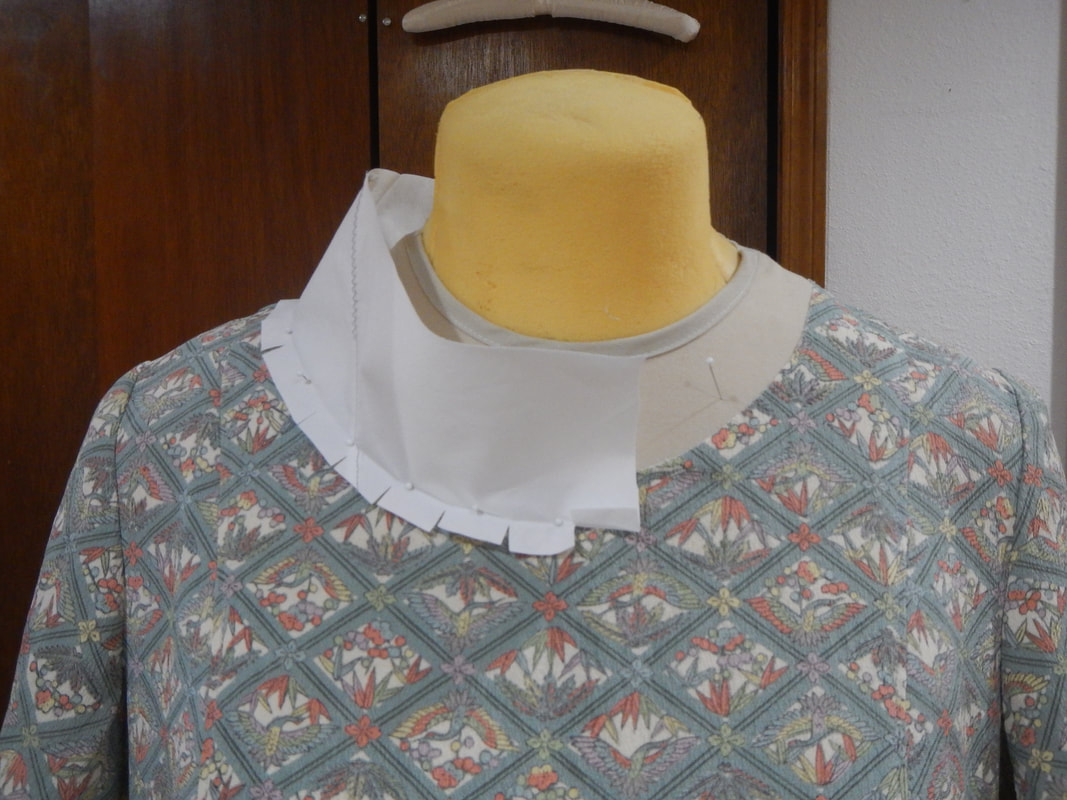



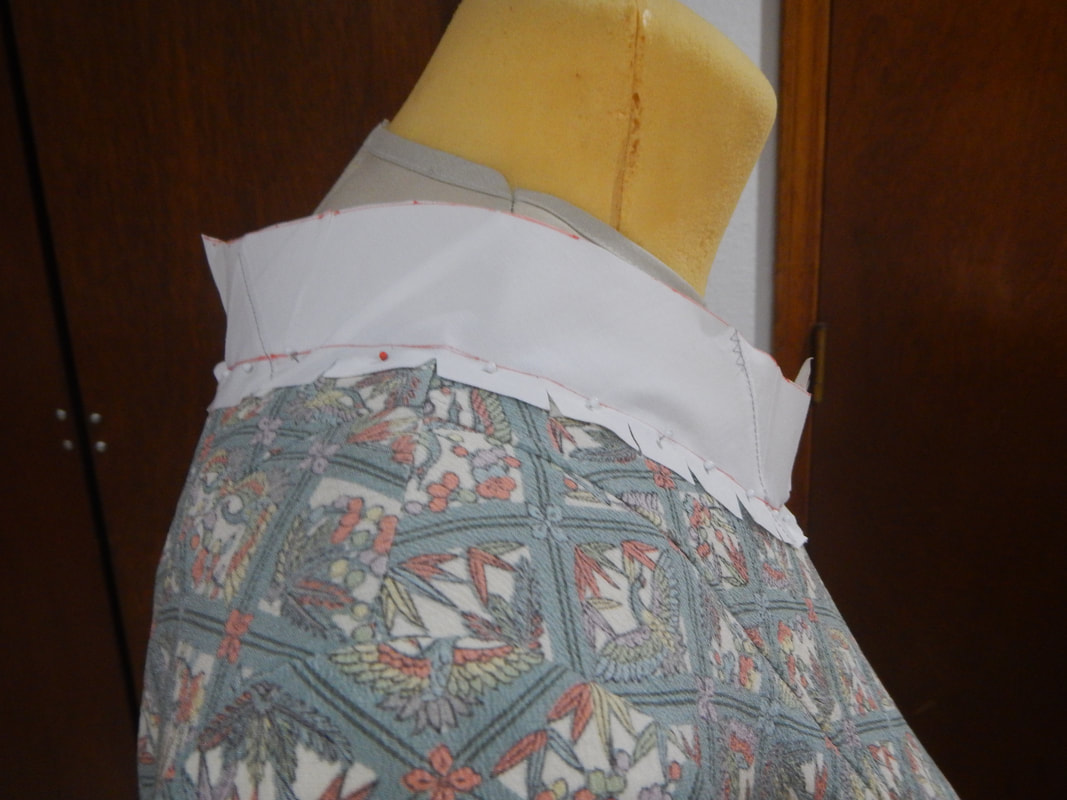

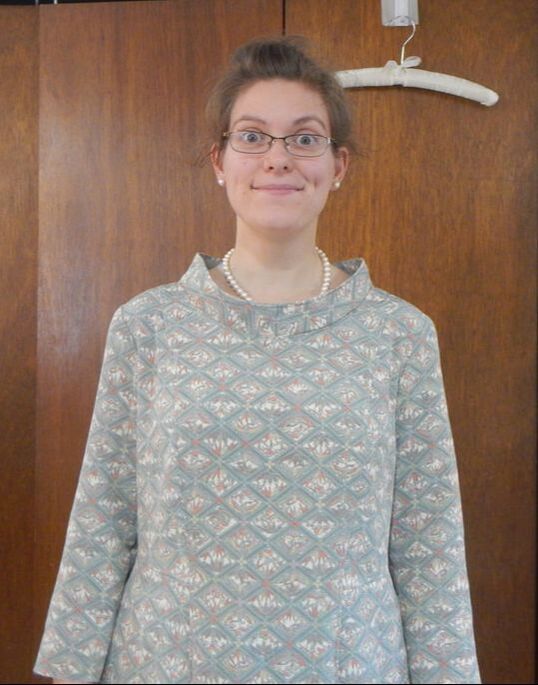
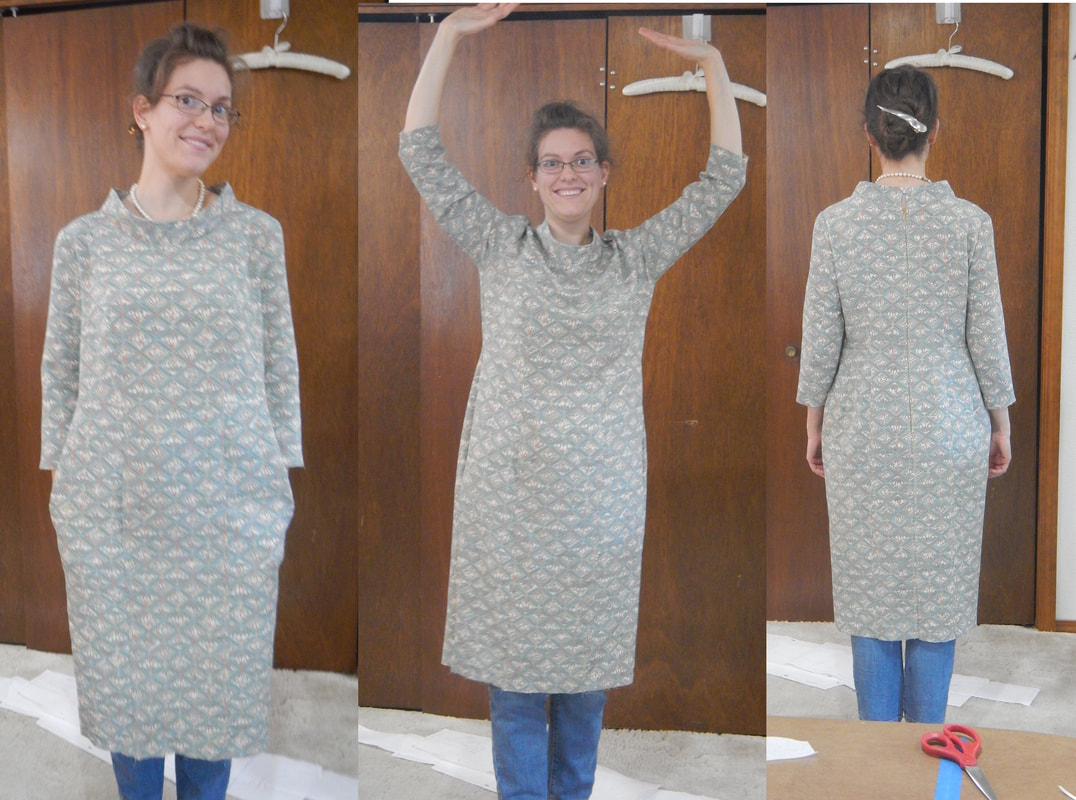

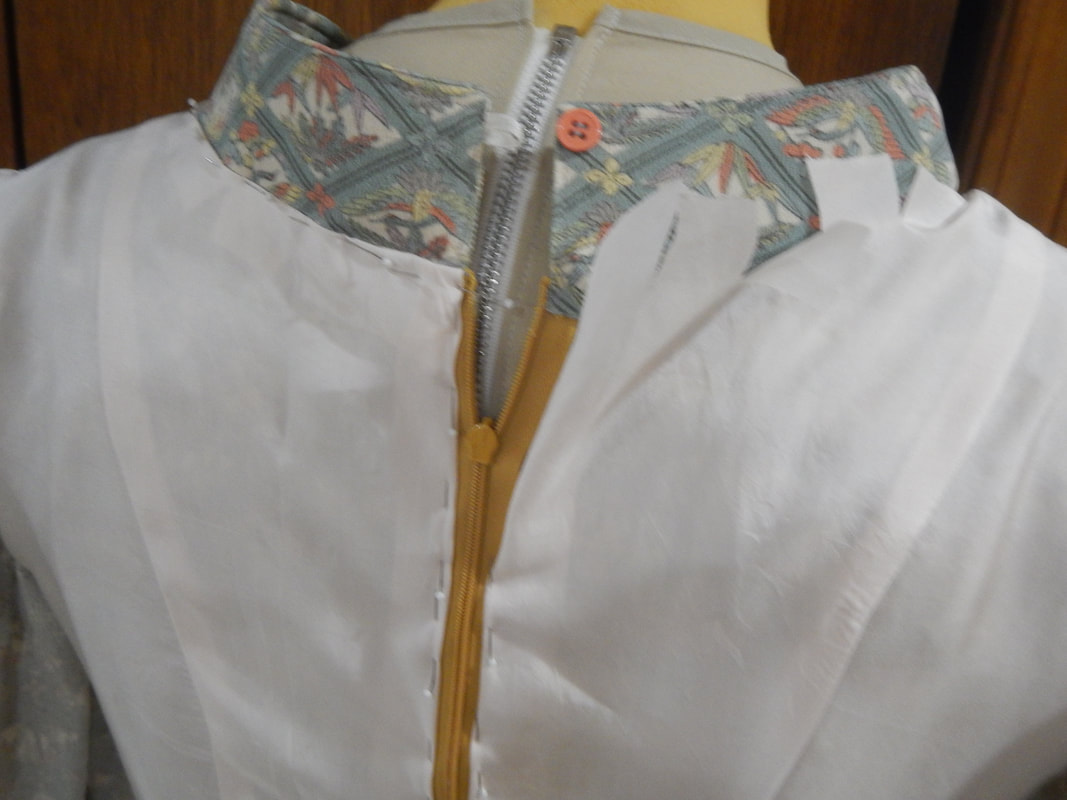
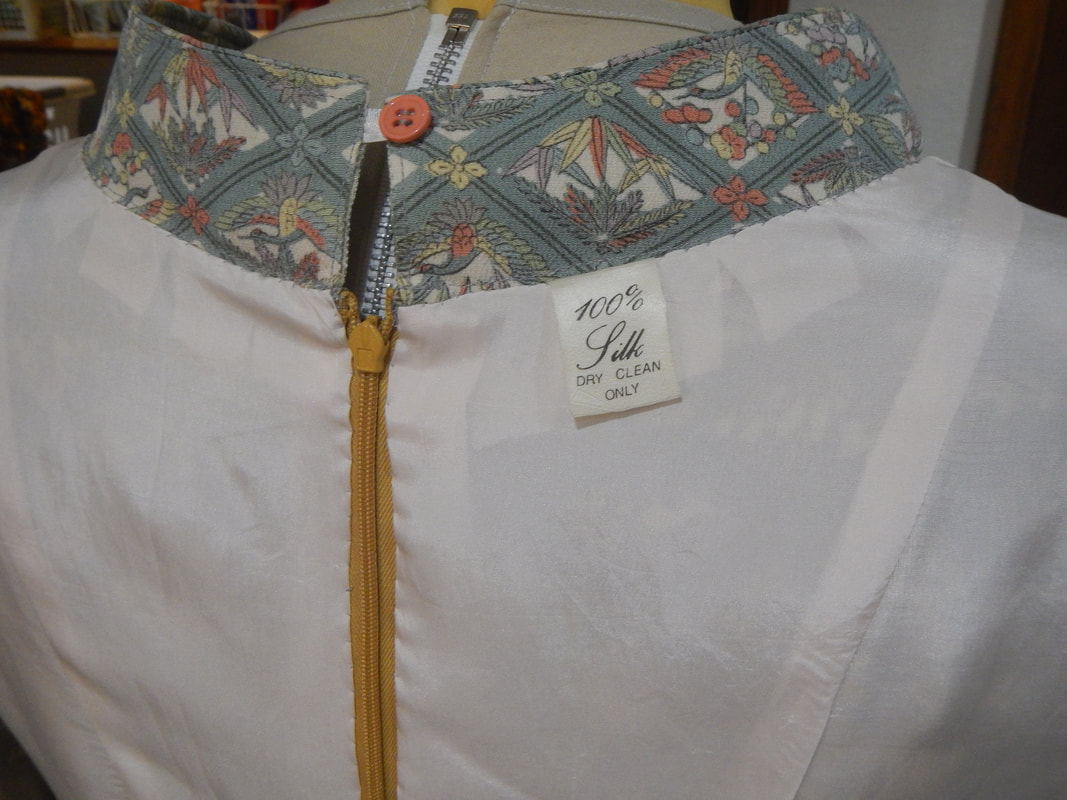
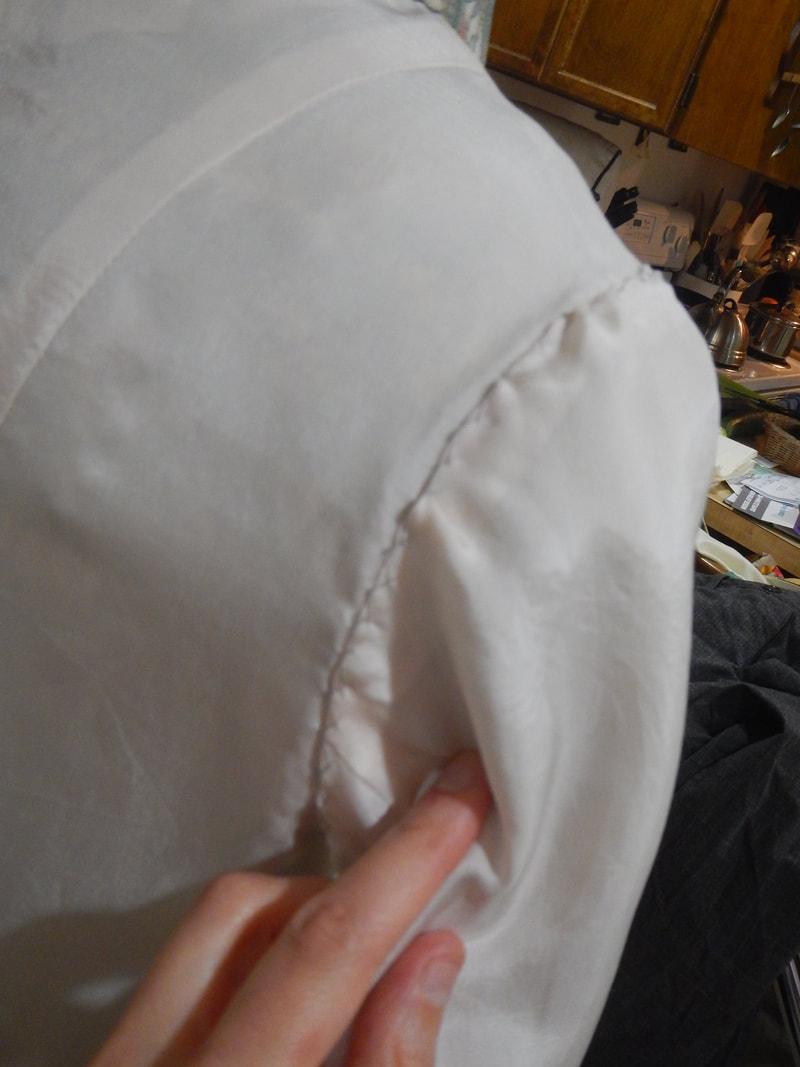
 RSS Feed
RSS Feed